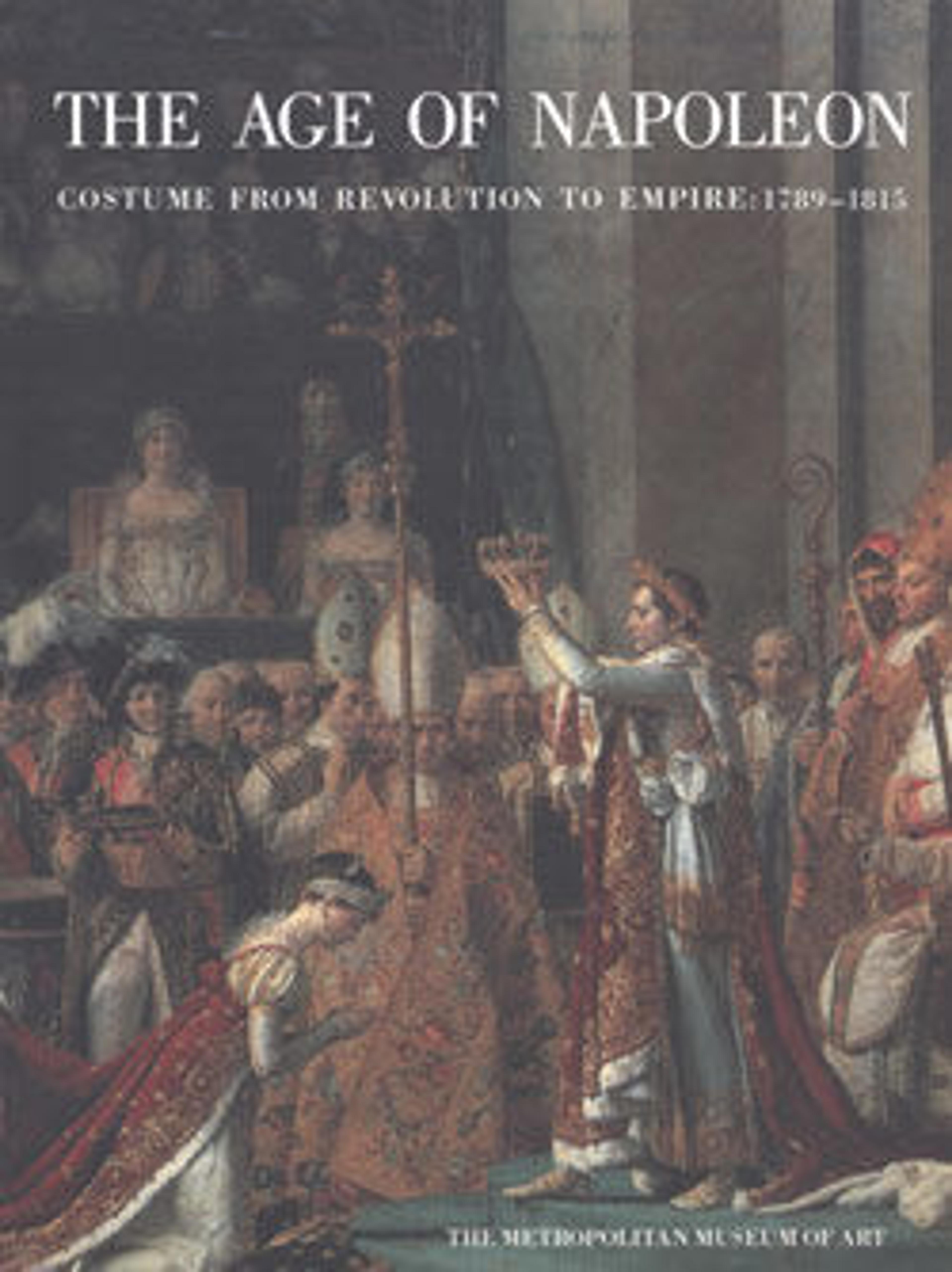Dress
With the opening of the Eastern markets, Indian printed cottons found their way into France. At first they were very expensive, and French manufacturers tried to copy them by printing designs with wooden blocks on cotton. The silk and wool industries objected, and numerous edicts forbidding the importation or manufacture of printed textiles were issued. The edicts were universally ignored, and by 1759 all restrictions had been removed. Factories for the production of printed cottons opened in Nantes, Rouen, and Lyons, but the most famous center was at Jouy. Its founder, Christophe-Philippe Oberkampf, developed a system of fast-color dyeing and invented the copperplate printing process. The engraver Jean-Baptiste Huet, the principal designer for the Jouy factory between 1783 and 1811, probably designed the pattern on this toile de Jouy day dress, which has been identified as les bonnes herbes.
Artwork Details
- Title: Dress
- Date: ca. 1799
- Culture: French
- Medium: cotton
- Credit Line: Purchase, Irene Lewisohn Bequest, 1960
- Object Number: C.I.60.26.3a, b
- Curatorial Department: The Costume Institute
More Artwork
Research Resources
The Met provides unparalleled resources for research and welcomes an international community of students and scholars. The Met's Open Access API is where creators and researchers can connect to the The Met collection. Open Access data and public domain images are available for unrestricted commercial and noncommercial use without permission or fee.
To request images under copyright and other restrictions, please use this Image Request form.
Feedback
We continue to research and examine historical and cultural context for objects in The Met collection. If you have comments or questions about this object record, please contact us using the form below. The Museum looks forward to receiving your comments.
